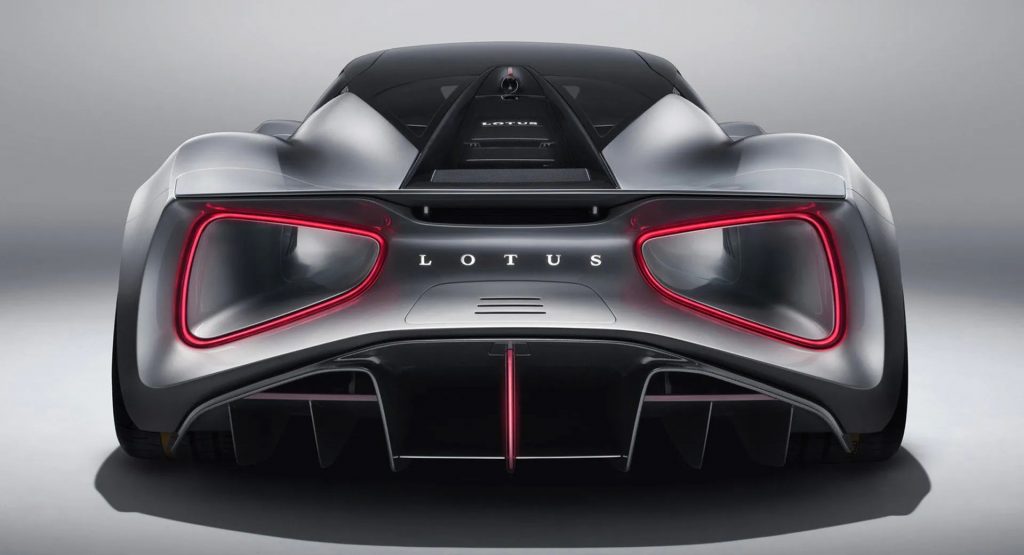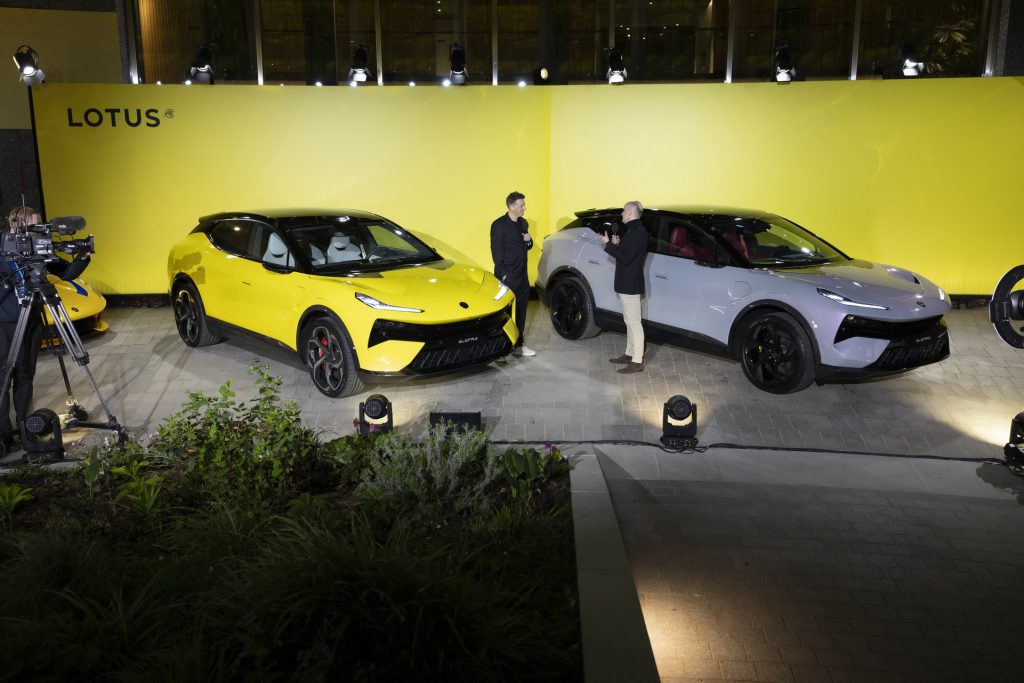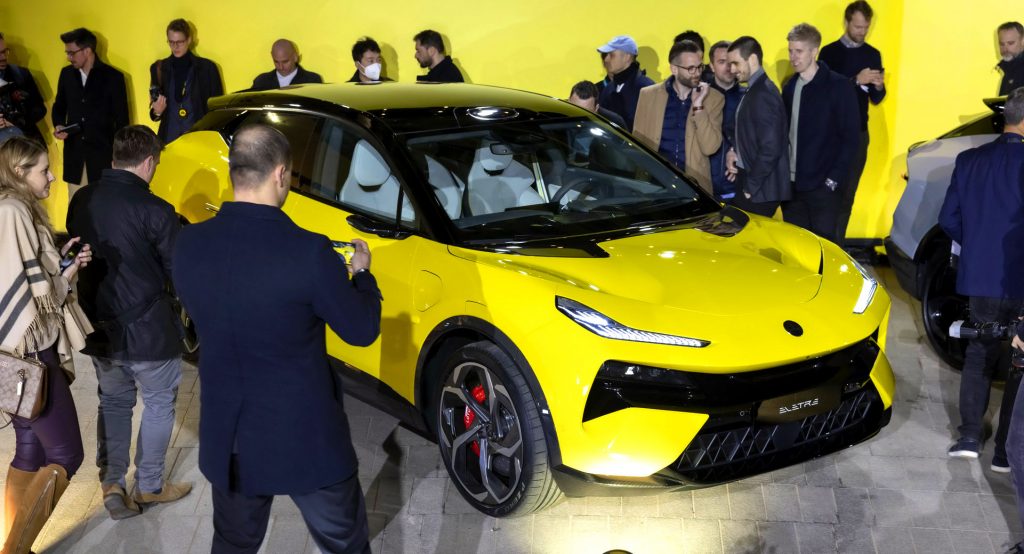Lotus Technology is going public after merging with special purpose acquisition company (SPAC) L Catterton Asia Acquisition Corp in a deal that will value the company at $5.4 billion.
The British company has an ongoing manufacturing partnership with Zhejiang Geely Golding Group and leverages Geely’s 150,000 annual unit capacity in Wuhan, China. Moving forward, Lotus Technology will operate an asset-light business model and focus on the research, development, and distribution of EVs globally.
Lotus Technology serves as the automaker’s technology, sales, and marketing division and says it will break new ground in electrification, digitalization, and intellectualization. It served an important role in the creation of the all-electric Lotus Eletre SUV, providing its 800 high-voltage Electrical Performance Architecture as well as the world’s first deployable LiDAR system and a self-developed software system.

Through the completion of the merger, Lotus Technology will be listed on the NASDAQ under the ticker symbol ‘LOT’.
“This is an exciting time for Lotus Tech as we work towards delivering our first fully electric hyper SUV, applying our innovation and engineering expertise to meet the rising global demand for luxury EVs,” Lotus Technology chief executive Qingfeng Feng said in a press release. “In L Catterton, we have found a partner with an impressive track record of not only building iconic premium brands and creating value for companies by leveraging worldwide consumer expertise, but also bringing them to public markets and powering their long-term development.”
Read: Lotus Completes Fundraising Round Valuing Technology Arm At $4.5 Billion
L Catterton Asia Acquisition Corp has ties to the world’s richest man Bernard Arnault with LVMH Moët Hennessy Louis Vuitton serving as a passive minority investor in the company.
“The global EV market is expanding rapidly, with the luxury segment growing at a faster pace than the broader industry,” added co-chief executive of LCAA and a managing partner in the Asia fund of L Catterton,” Chinta Bhagat. “China, the EU, the UK, and the U.S. are expected to fuel the majority of this growth over the next decade as government policies in these regions provide further tailwinds for EV sales.”




